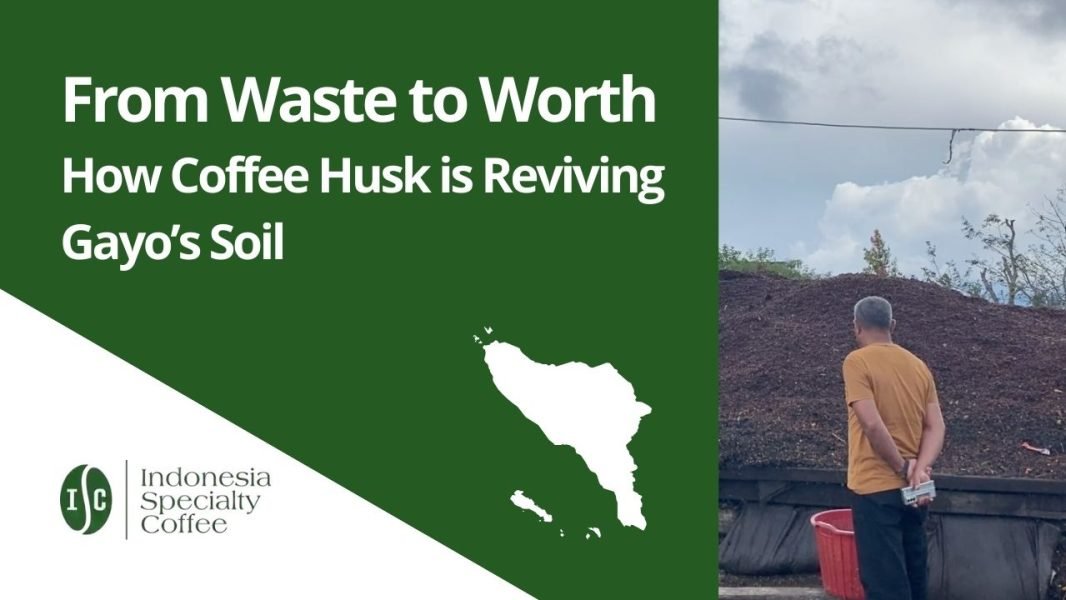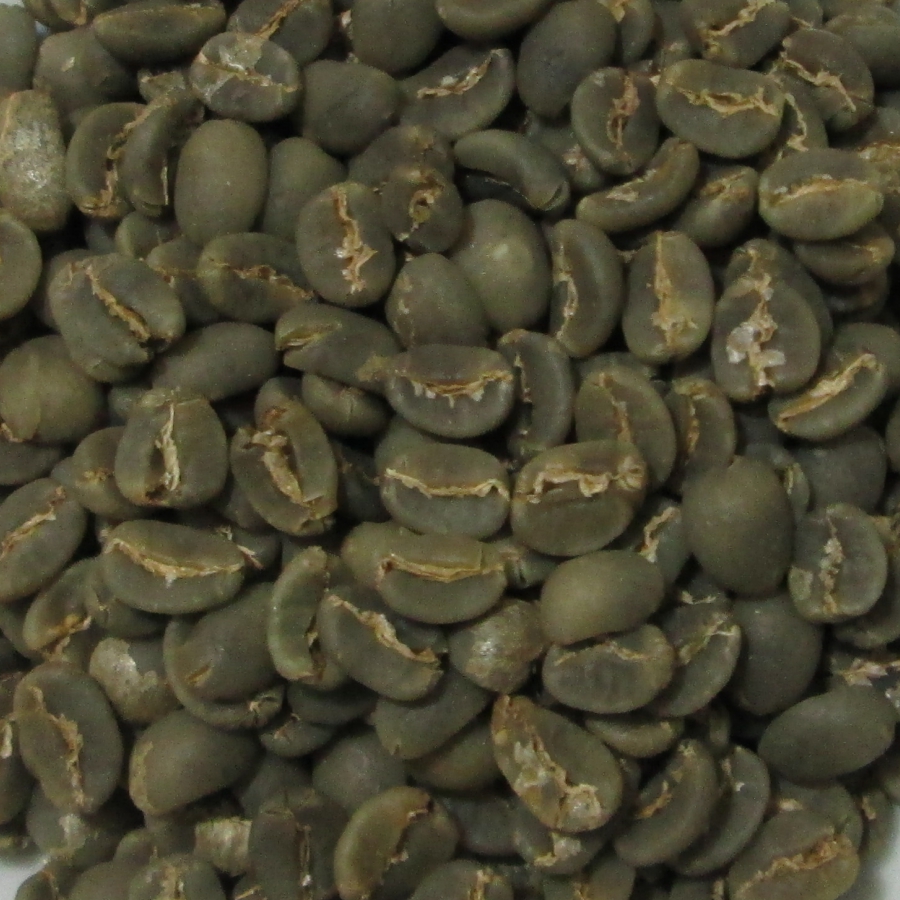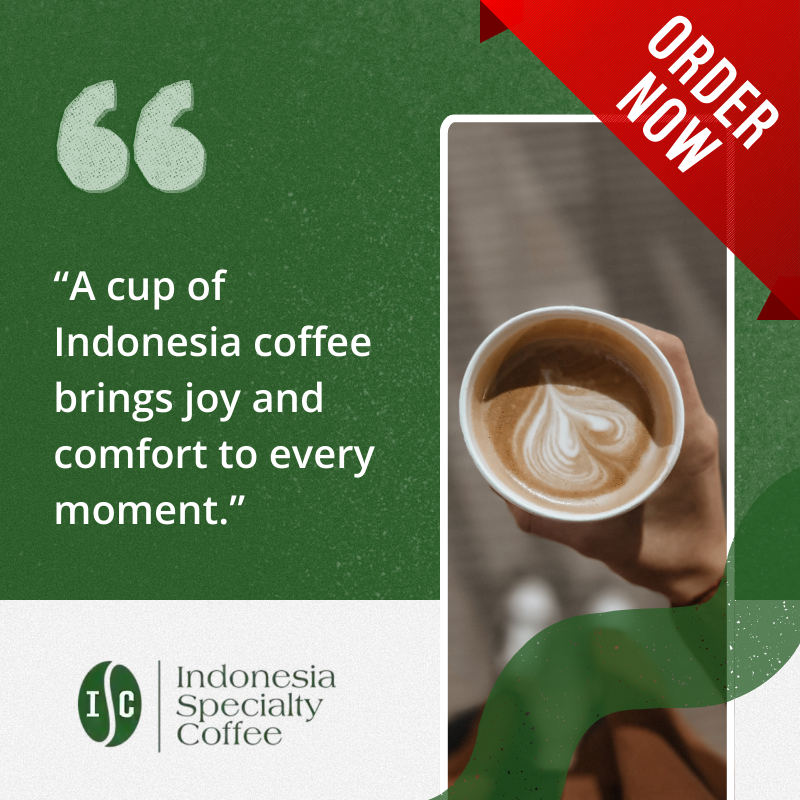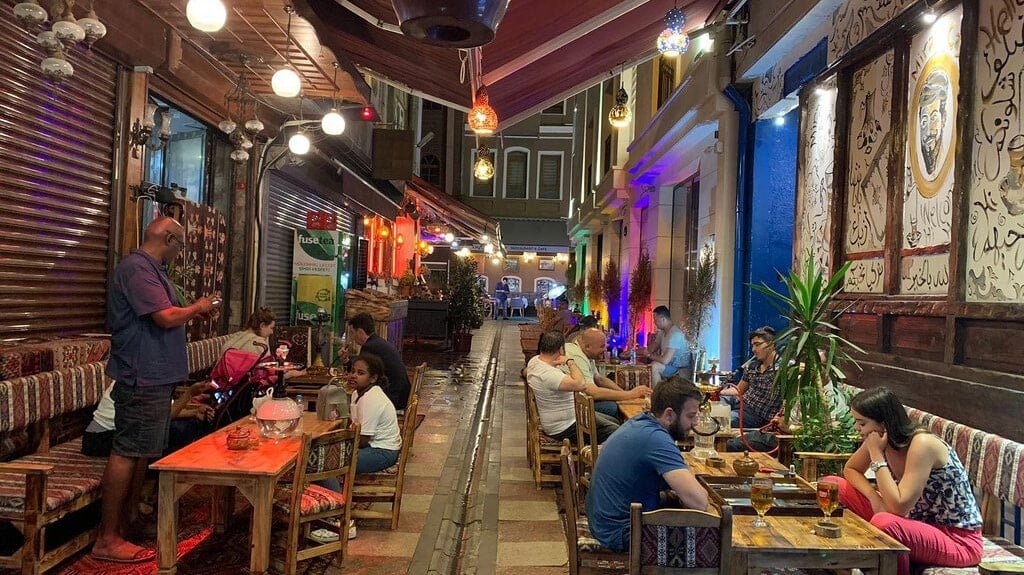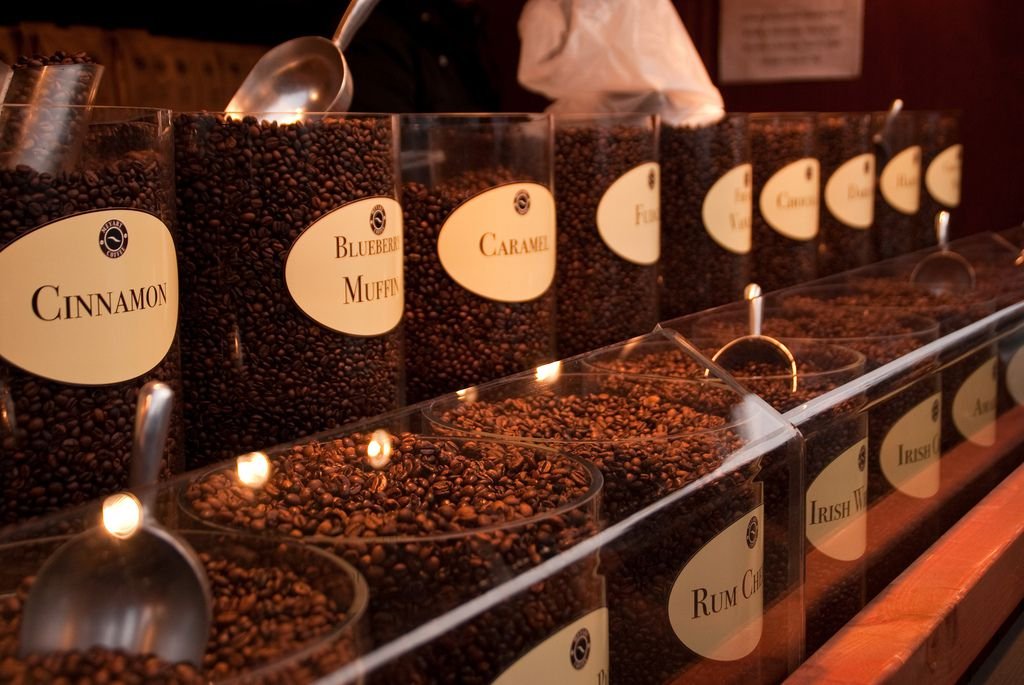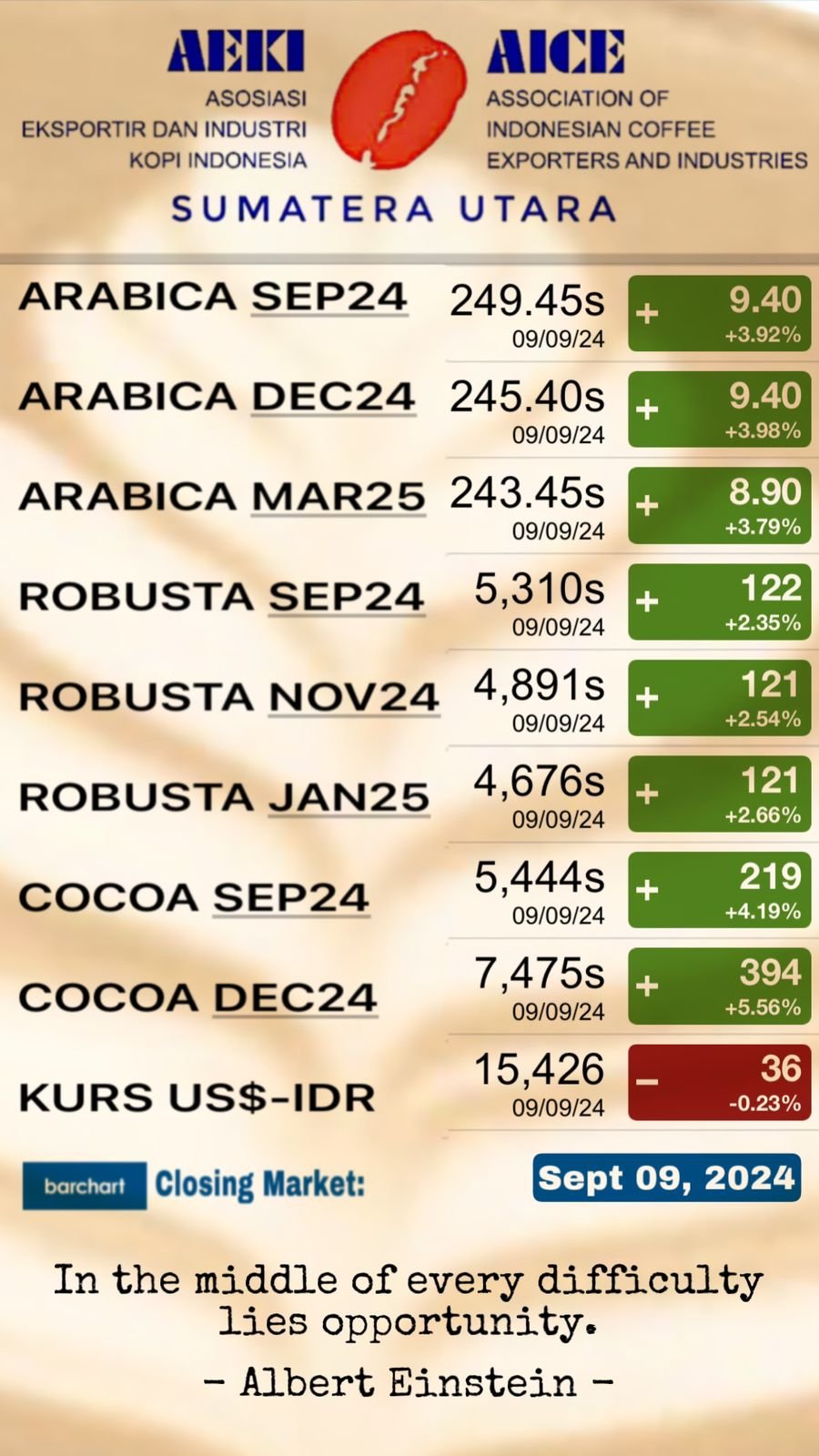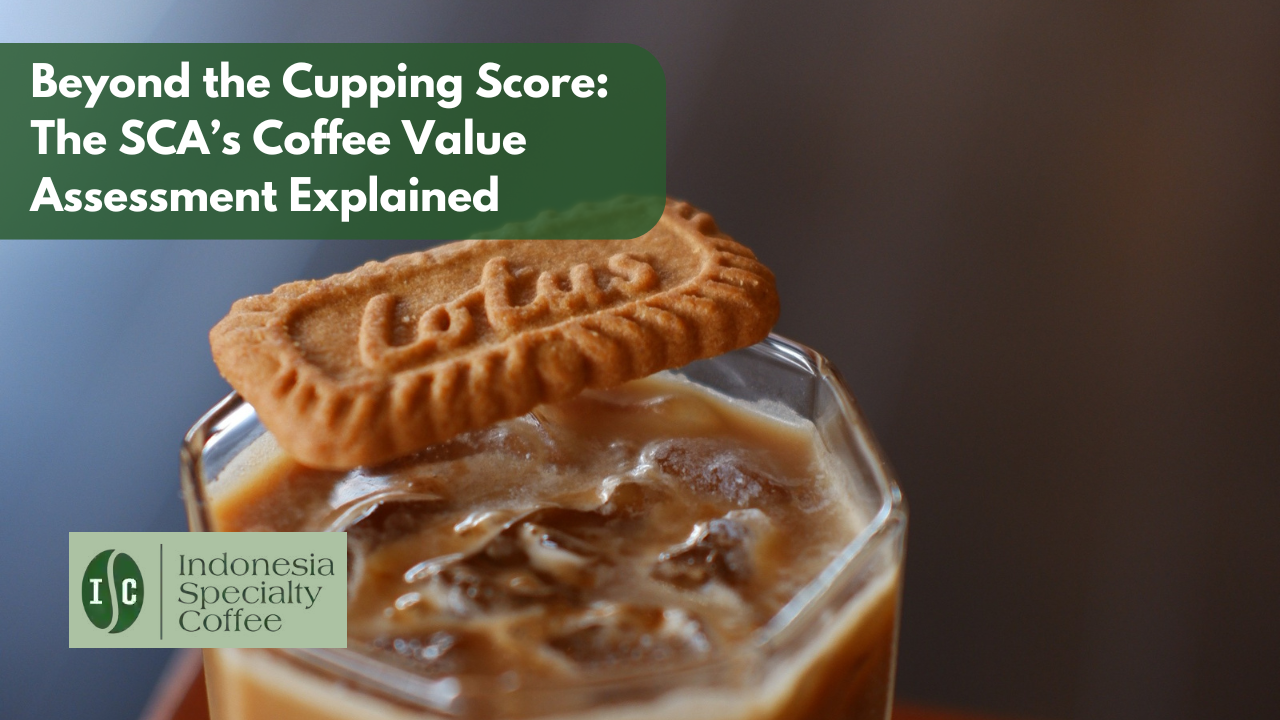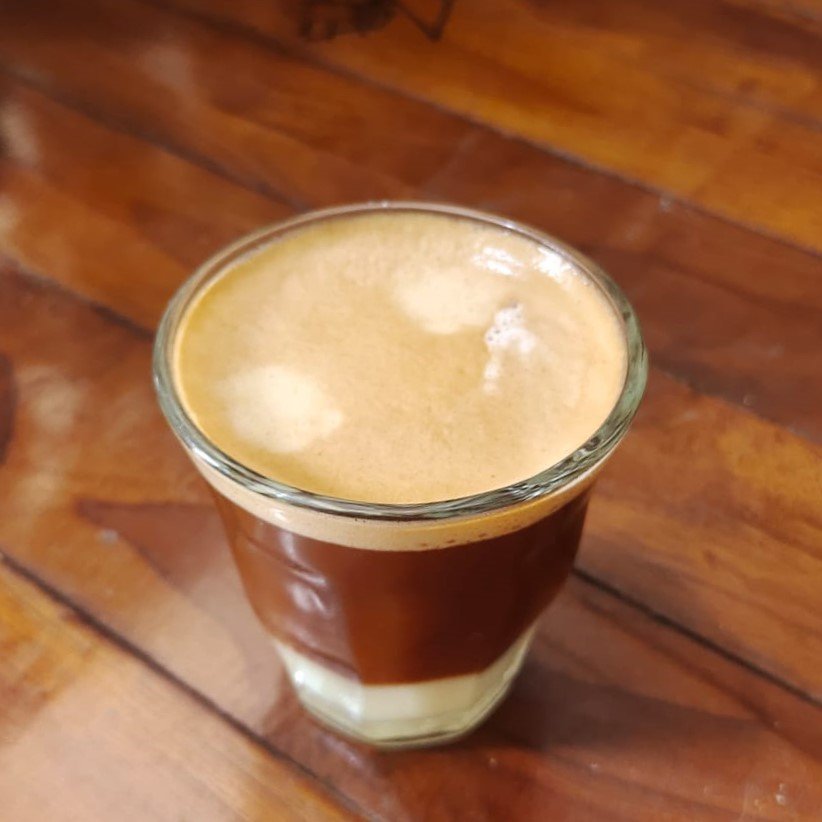1. The Forgotten Layer Behind Every Gayo Coffee
In the misty highlands of Takengon, Aceh, where coffee trees rise from volcanic soil and the air carries hints of ripe cherry, a quiet innovation is taking root. At a farm in Desa Wieh Ilang, Bang Jupna — a seasoned Gayo coffee farmer — watches over a mound of discarded coffee husk: the thin, pulpy skin peeled off during the post-harvest pulping process.
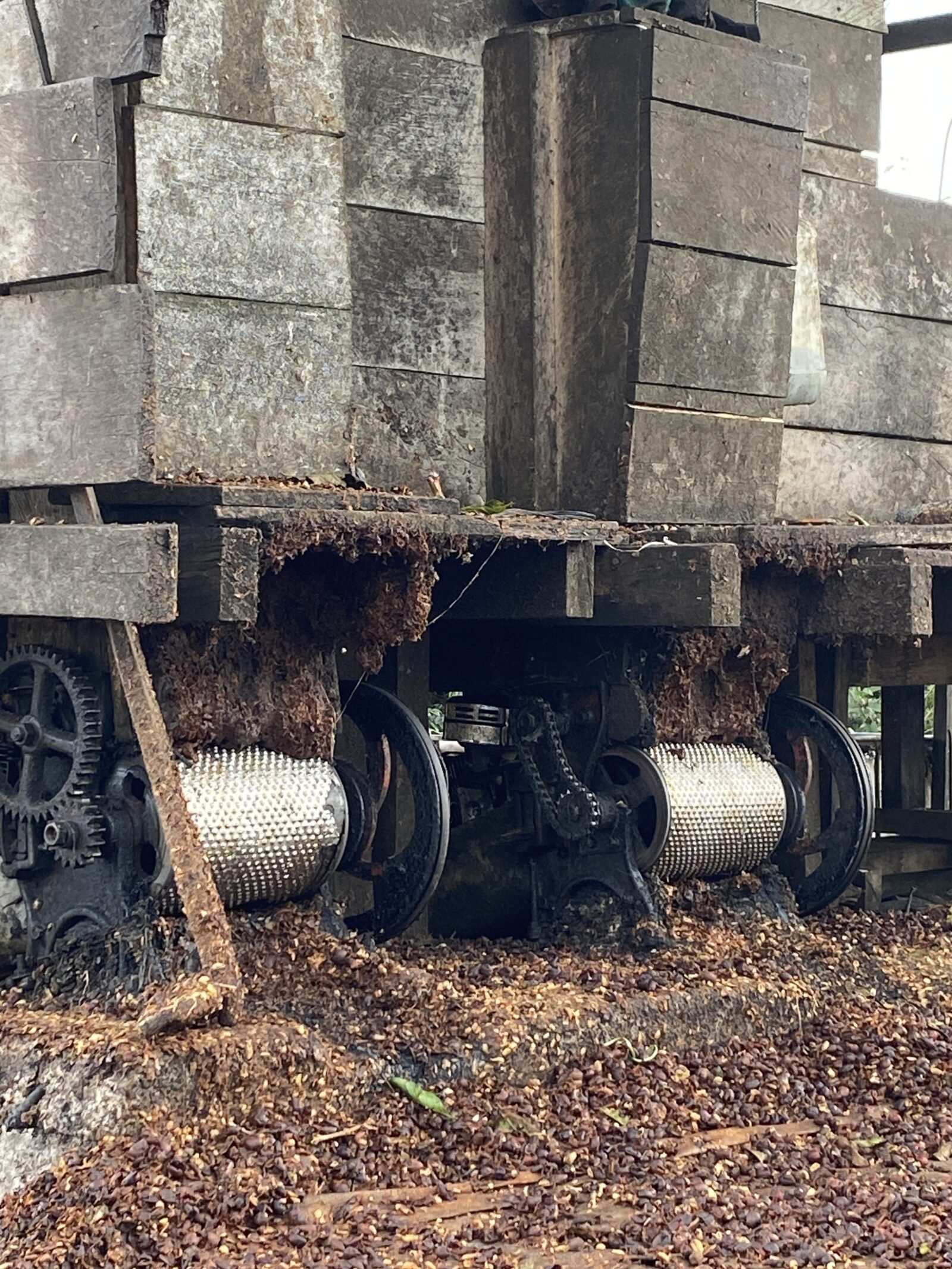
For decades, this husk was a problem — a by-product of wet processing that was either dumped, burned, or left to rot. But Bang Jupna saw something more. “We used to just pile it up,” he says. “Now, after six months, it becomes fertilizer.”
That shift didn’t come from research labs or agri-tech startups. It came from farmers like Bang Jupna — guided by necessity, intuition, and a deep respect for the land. What was once waste has become a weapon against rising costs, soil degradation, and chemical dependence.
This is not just a story about composting. It’s about redefining value in the Indonesian coffee chain — and how a once-forgotten layer of the coffee cherry might hold the key to a more sustainable future for farmers and forests alike.
2. The Problem Beneath the Beans
Indonesia’s coffee industry, while celebrated globally for its bold flavors and unique origins, faces mounting challenges at home — especially in rural farming communities like Gayo. Chief among them: soil exhaustion, rising input costs, and mounting environmental pressure.

Chemical fertilizers, once seen as the only path to higher yields, now dominate the input landscape. But they come at a cost. Repeated use depletes natural soil fertility, weakens microbial ecosystems, and forces farmers into a cycle of dependency — both economically and agriculturally. Prices for synthetic inputs continue to rise, squeezing already thin margins.
Then there’s the issue of waste. After pulping, the average coffee farm generates hundreds of kilos of husk each harvest season. Lacking proper disposal methods, farmers often burn it or dump it into nearby streams — actions that contribute to air and water pollution.
Meanwhile, deforestation creeps closer to the coffee belt, as new land is cleared to make up for declining productivity. It’s a dangerous feedback loop: poor soil → more chemicals → more cost → more land cleared.
But what if the solution wasn’t somewhere else — but already on the farm floor? In places like Gayo, farmers like Bang Jupna are starting to realize that what they’ve been discarding might actually be the key to breaking free from these cycles.
3. The Gayo Breakthrough: Bang Jupna’s Parchment Method
Bang Jupna’s solution started not with a new machine or foreign aid — but with observation and patience. Each harvest, his farm in Desa Wieh Ilang produced piles of coffee husk, the outer cherry skin separated during pulping. For years, it was burned or left to rot. But slowly, he began to experiment.

Instead of discarding it, he collected the husk in a dedicated composting area. Layer by layer, the husk was stacked, occasionally turned, and left to decompose under the highland humidity. After six months, the result was unmistakable: dark, rich, organic compost with a natural earthy scent — and no chemical inputs.
He now spreads this compost twice a year, immediately after each harvest. The impact has been profound:
- His trees retain moisture longer during dry periods.
- The soil becomes looser, darker, and more biologically active.
- Fertilizer costs are significantly lower — a major advantage for small-scale farmers.
“The husk used to be a burden,” Jupna says. “Now it’s part of the farm’s life cycle. We grow coffee, we process it, and the waste grows the next crop.”
His success is beginning to ripple outward. Neighbors are asking about his technique. Some farmers are trialing their own piles. A few cooperatives are even discussing centralized husk collection points for village-wide composting.
What’s happening in Gayo isn’t just recycling — it’s reclaiming value at the source. And it’s driven entirely by farmers.
4. Backed by Science: What the Research Says
While Bang Jupna’s approach is based on hands-on experience, its effectiveness is strongly supported by agricultural science. Multiple studies have confirmed that coffee husk — once considered waste — is a highly viable input for sustainable soil management.
A study published in Agricultural Waste Management Journal found that coffee husk compost contains key macronutrients:
- Nitrogen (N): vital for leaf and plant growth
- Phosphorus (P): essential for root development and fruiting
- Potassium (K): boosts plant resistance and overall productivity
The husk is also rich in organic carbon and cellulose, which improves soil structure, water retention, and feeds beneficial microbes. Composting the husk reduces its acidity and neutralizes phytotoxins, making it safe and effective for long-term soil health.
Further trials in Ethiopia, Brazil, and Indonesia have shown that coffee husk compost rivals — and sometimes surpasses — commercial NPK fertilizers in improving yield when applied consistently. It also contributes to carbon sequestration, helping mitigate climate impacts from conventional farming.
For smallholder farmers, this means:
- Lower input costs
- Increased resilience against climate-related soil stress
- A step closer to organic farming certifications
The data aligns with what Bang Jupna already knows: the solution to soil degradation might be right under the farmer’s feet — hidden in the skin of the very crop they grow.
5. Reimagining the Future of Indonesian Coffee
Bang Jupna’s composting method is more than a clever fix — it’s a blueprint for what sustainable Indonesian coffee can look like. It’s low-cost, locally driven, and rooted in tradition, yet backed by science. And if adopted widely, its impact could be profound.
Imagine this at scale:
- Tons of coffee husk once burned or dumped, now enriching farms across Aceh, Toraja, Java, and beyond.
- Chemical fertilizer use dropping, freeing farmers from volatile market prices.
- Healthier soils producing stronger, more climate-resilient coffee crops.
The circular model is simple: grow coffee → process it → compost the waste → grow better coffee. It reduces dependence, builds resilience, and keeps the benefits local.
But there are barriers. Composting takes time, space, and effort. Many farmers lack the technical know-how or support systems. That’s where cooperatives, buyers, and policy-makers must step in — offering education, incentives, and recognition.
The world already values Indonesian coffee for its bold character and terroir. But what if it also became known for its regenerative practices et farmer-led innovation?
In Gayo, that vision is already taking shape. As Bang Jupna turns husk into hope, he’s showing that sustainability doesn’t have to come from outside. Sometimes, it grows from the inside — from the cherry skin of a coffee fruit, and from the soil it was meant to nourish all along..

